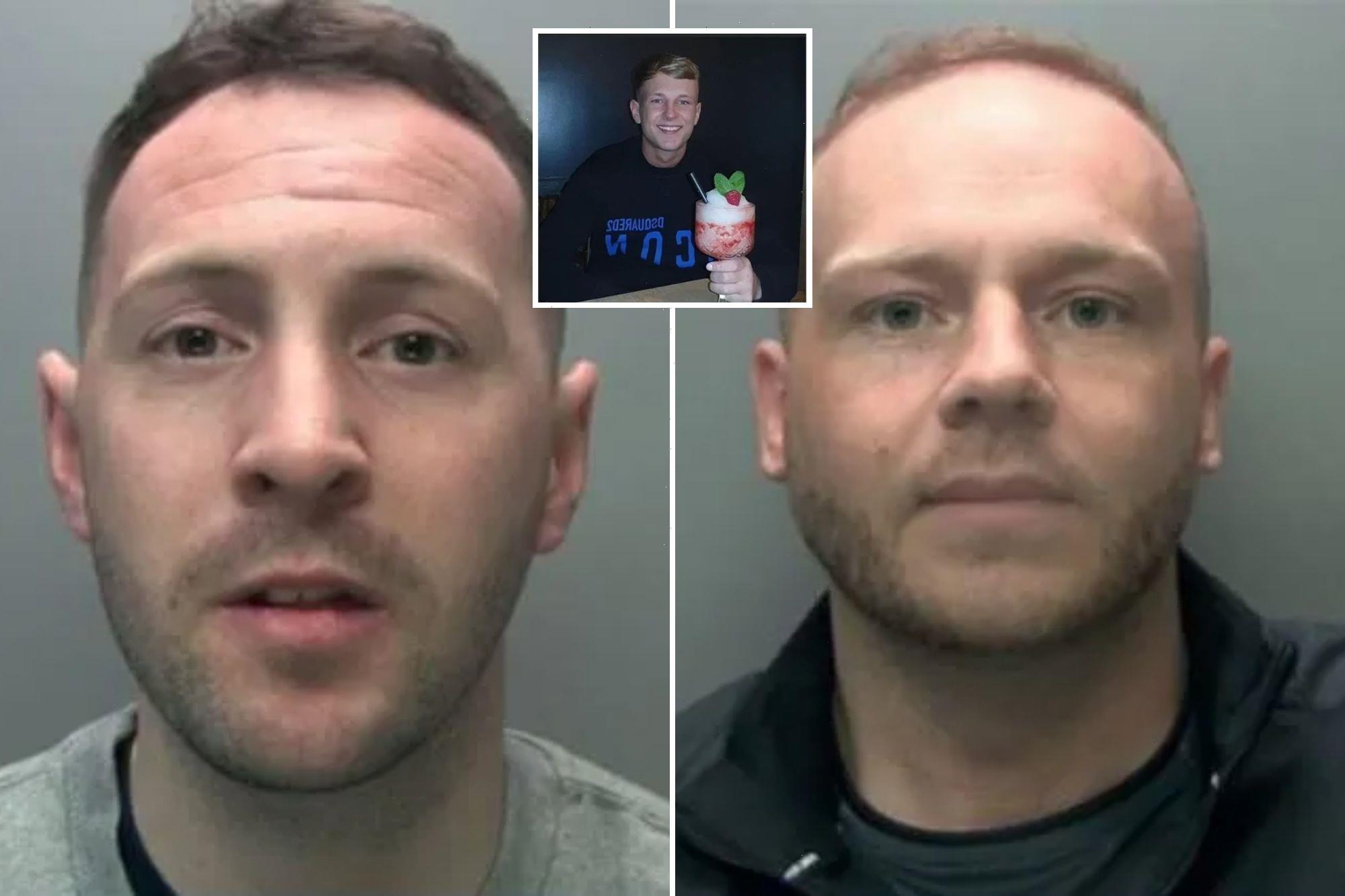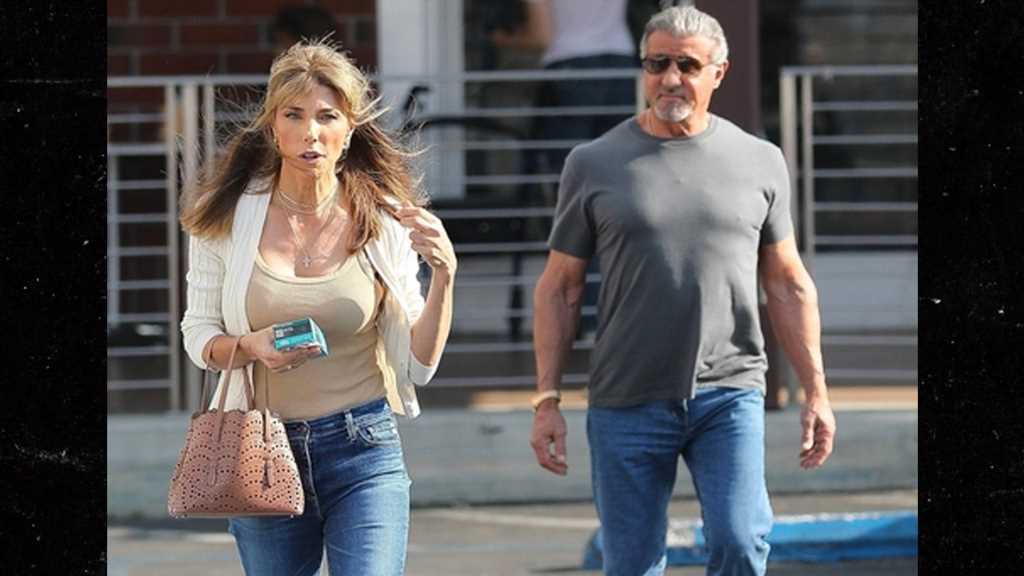The LGBTQ community is reeling from the news of beloved gay icon Leslie Jordan’s death.
Jordan — an effeminate Southern gay actor who for decades occupied his own special corner of queer culture — died Monday morning in a car crash in Hollywood. His agent said it is suspected that Jordan suffered a medical emergency at the wheel. He was 67.
Condolences poured in for the Emmy-winning trailblazer as the day went on, from other actors to drag queens to activists to everyday LGBTQ folks, many of whom praised Jordan for never shying away from a wrist flick or a double entendre, centering his queerness unapologetically in his many roles and public appearances.
The 4-foot-11 scene-stealer first catapulted to fame in the ’90s with cameos as Beverley Leslie, the facetiously queer-coded nemesis of a New York City socialite played by Megan Mullally on “Will & Grace.” Jordan’s character eventually comes out as gay on the show, which itself broke major barriers for its time in its representation of gay men, though mostly white and cisgender, on network television.
In an interview on NBC’s “Meet the Press” in 2012, Joe Biden, then the vice president, attributed much of Americans’ shifting attitudes about the LGBTQ community at the time to the show.
“When things really begin to change is when the social culture changes,” Biden said. “I think ‘Will & Grace’ probably did more to educate the American public than almost anything anybody’s ever done so far.”
Mullally called Jordan “one of the greats” Monday on Instagram.
Over the years, Jordan, a native of Chattanooga, Tennessee, brought his over-the-top queer sensibilities into the mainstream on a number of network shows, including the Fox sitcoms “The Cool Kids” and, more recently, “Call Me Kat.” Over the course of the pandemic, his viral social media videos, inspired by lockdown fatigue, found him a new and younger audience.
“This summer, I really blew up on ‘the gram,’” he said in an appearance guest hosting “The Ellen DeGeneres Show” in December. “For you older people, that means I’m doing really well on Instagram.”
For many, Jordan was a symbol of the joy of unquestionably visible queerness — of reclaiming and rejoicing in long-held stereotypes about the feminine affects of gay men.
“He leaned into his flamboyance,” said Eric Gonzaba, an assistant professor of American studies who specializes in LGBTQ scholarship at California State University, Fullerton.
Jordan was a teenager as the gay rights movement started to pick up steam. In the late ’60s and early ’70s, amid the Stonewall uprising and the American Psychological Association’s removal of homosexuality from its official list of mental disorders, he was coming to terms with his identity as Americans’ ideas about sexuality were also starting to change.
Then came the AIDS epidemic. Gay men like Jordan, born from 1946 to 1964 and classified as baby boomers, were hit the hardest at the peak of the crisis, from the late ’80s and throughout the ’90s. By 1995, a tenth of the 1.6 million gay men ages 25 to 44 had died.
Gonzaba called Jordan a representative of a “lost generation.”
“All that talent, fabulousness, and culture we never got to see,” he tweeted. “Imagine 70,000+ more Leslie Jordans.”
The AIDS epidemic, and the Reagan administration’s failed response to it, played a role in the rise to prominence of already well-established LGBTQ enclaves, which some referred to as “gayborhoods,” in larger urban areas in the ’80s and ’90s. Those neighborhoods, such as the Castro in San Francisco and Greenwich Village in New York City, became ground zero for the fight for LGBTQ rights and for coordinating a robust health response within the community to the AIDS crisis.
Socialization among gay men and gay-centric networks, particularly in gay neighborhoods, has myriad political and social benefits. But some research has shown that it can be associated with an increased risk of drug use. More than two decades ago, Jordan struggled with alcoholism when he was first living in Los Angeles, he said in an interview with People magazine in January 2021.
His challenges with substance abuse, he admitted, were directly related to his experience as a gay man in those times.
“I felt it was a lot easier to be gay when I was loaded,” he said.
He died more than 20 years sober, a fact that gives Vic Vela comfort. Vela, a gay man and the host of an award-winning Colorado Public Radio show about addiction, “Back From Broken,” said that although it has never been easy for anyone to come out, it was particularly difficult in the latter decades of the last century.
“For a lot of gay men from a certain generation, that was really hard to do without alcohol,” he said.
Avoiding anti-LGBTQ discrimination and homophobia remains especially hard for queer people who, like Jordan, are less straight-presenting, which can give people incentives to suppress aspects of their identity.
“I open my mouth, and 50 yards of purple chiffon come out,” Jordan said in another appearance on “The Ellen DeGeneres Show” in September 2021, prompting a roomful of giggles.
In the interview, Jordan spoke about having to play a straight man in a cameo on DeGeneres’ sitcom, which broke new ground in American culture when DeGeneres’ character famously came out as gay in 1997. He had his doubts he could pull it off, but he joked he’d try to “butch it up.”
In the ensuing years, he did just the opposite in most of his roles. It was that outward expression of his queerness that became a shining example for younger generations of LGBTQ people to embrace theirs, too.
In the same interview, DeGeneres thanked Jordan for coming on her show. It was good to see him, she said as he sat down.
“Thank you,” he said, glancing at the audience. “It’s good to be seen.”
Follow NBC Out on Twitter, Facebook & Instagram.
Source: Read Full Article

